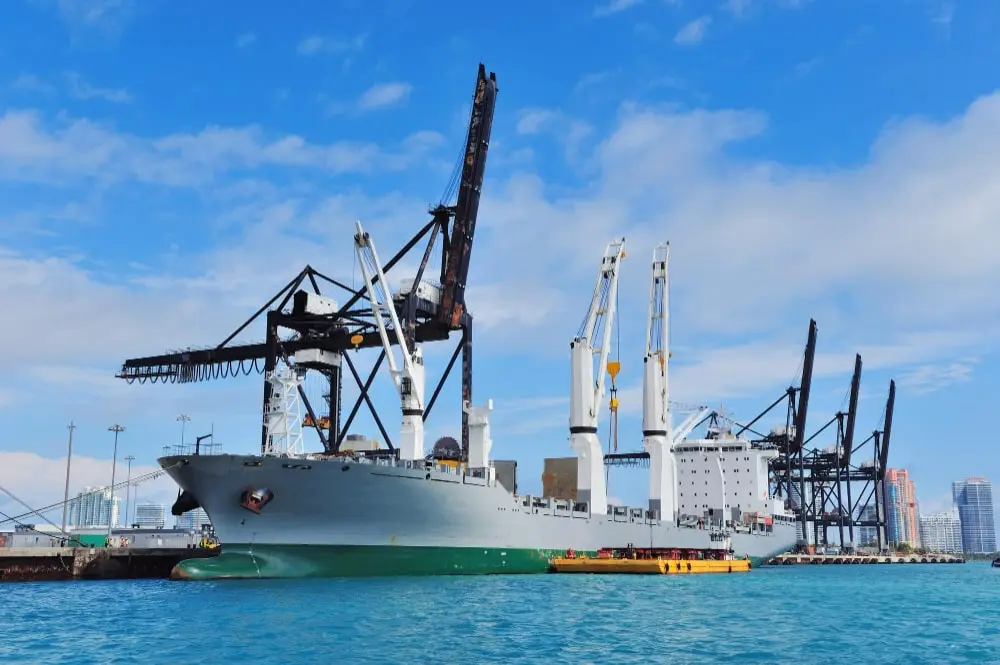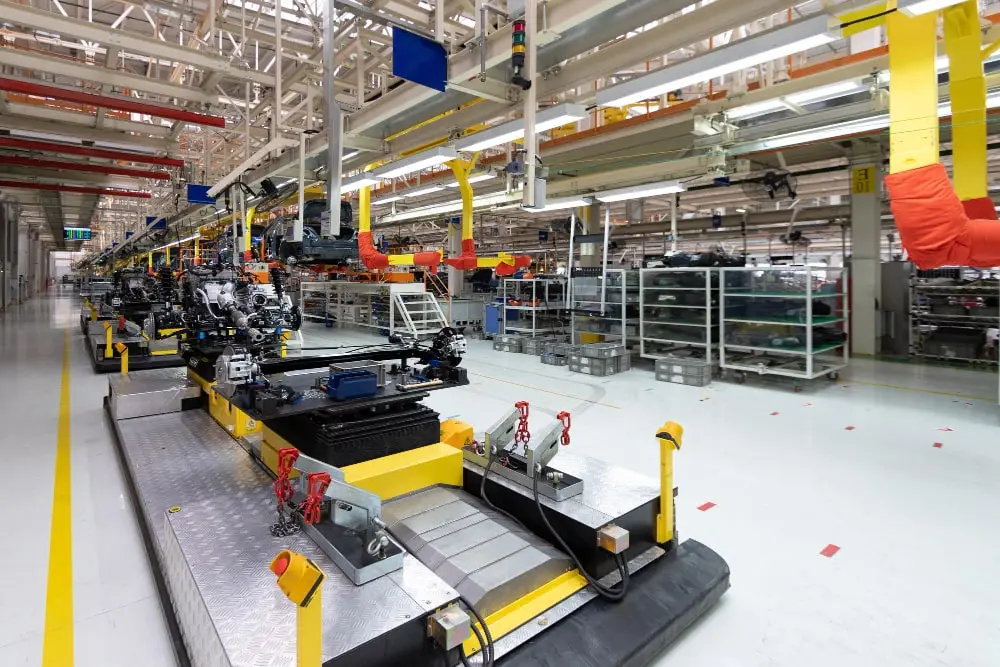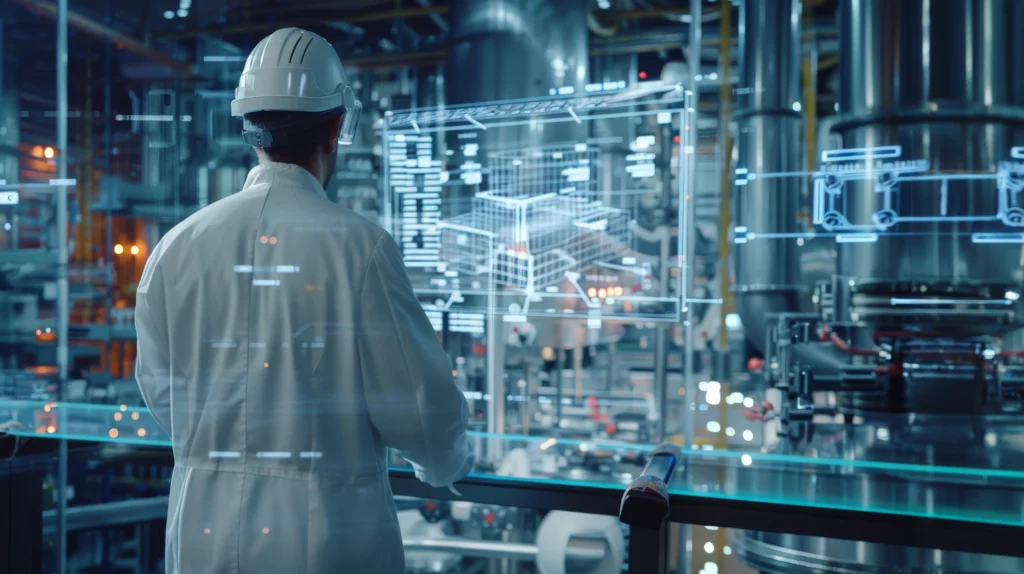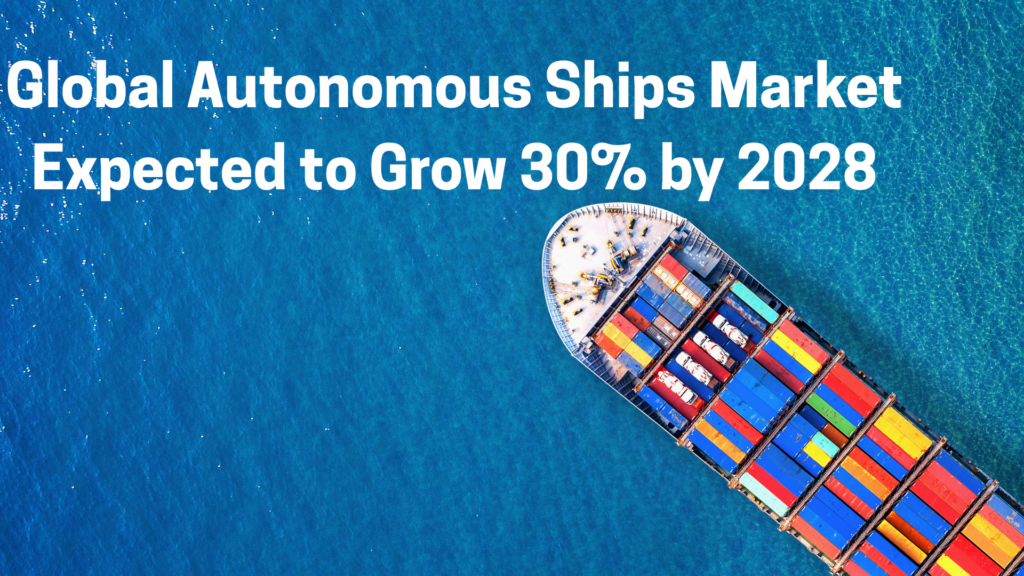Autonomous Ships (Unmanned Vessels)
How Maritime Autonomous Surface Ships Are Changing the Future of Shipping

The way we move goods across the ocean is changing. Thanks to new technology, autonomous ships (unmanned vessels) are becoming a reality. One of the most promising innovations in this field is the maritime autonomous surface ship – a vessel that can operate with little or no human crew onboard.
What is a Maritime Autonomous Surface Ship?
A maritime autonomous surface ship is a specially designed vessel that can navigate, steer, and even make decisions using smart technology. These ships use advanced sensors, GPS, radar, and artificial intelligence to safely travel across the sea. Some are controlled remotely from land, while others can operate entirely on their own.
1.Why Are They Important?
The maritime autonomous surface ship is not just a cool piece of technology – it’s a big step forward for the shipping industry. Here’s why:
1.Safer for people
Fewer crew members on board means less risk in dangerous conditions.
2. Lower operating costs
Companies save money on crew expenses.
3. Better efficiency
Ships can choose the best routes and use less fuel.
4.Greener shipping
Many are designed to reduce pollution and carbon emissions.
2.Real Examples in Action
Countries like Norway and Japan are leading the way. The Yara Birkeland, for example, is a fully electric maritime autonomous surface ship that aims to make shipping cleaner and safer. The U.S. Navy’s Sea Hunter is another example, built to travel long distances without a crew.
In addition, China has been testing autonomous cargo ships for coastal trade, while European ports are experimenting with automated docking systems to complement MASS operations. These initiatives highlight how different regions are investing in the same vision of smarter, safer seas.
3.Challenges to Overcome
Even though the future looks bright, the maritime autonomous surface ship still faces challenges:
- Creating clear international rules for autonomous navigation.
- Protecting ships from cyber threats.
- Building trust among shipping companies, regulators, and the public.
Ensuring safe interaction with traditional crewed vessels that will still share the seas for decades to come.
Addressing liability and insurance questions — for example, who is responsible if an unmanned vessel is involved in an accident.
4.How Education Helps
To make these ships work, we need skilled professionals who understand marine automation. Institutes like Voyage Institute of Technology train students in the systems and safety measures that power the maritime autonomous surface ship. With the right training, these vessels can become a safe and trusted part of global trade.
Conclusion
In conclusion, autonomous ships (unmanned vessels) and the maritime autonomous surface ship represent a new era for shipping – safer, smarter, and more sustainable. The technology is here, and with proper training and rules, it could soon become the standard way we move goods across the oceans.
What once sounded futuristic is now becoming part of reality. With the combined push of innovation, regulation, and education, Maritime Autonomous Surface Ships may well redefine global shipping for generations to come.
For further reading on similar topics, check out article on : Master SCADA Systems with Hands-On Training
-
 Advanced Industrial Automation Systems: Transforming Modern Manufacturing
Advanced Industrial Automation Systems: Transforming Modern Manufacturing -
 When Machines Think: The Rise of Smart Industrial Automation
When Machines Think: The Rise of Smart Industrial Automation -
 The Next Frontier in Marine Automation: Autonomous Vessels
The Next Frontier in Marine Automation: Autonomous Vessels -
 Industrial Automation and Control Systems: Driving the Future of Industry
Industrial Automation and Control Systems: Driving the Future of Industry -
 Global Autonomous Ships Market Expected to Grow 30% by 2028
Global Autonomous Ships Market Expected to Grow 30% by 2028
